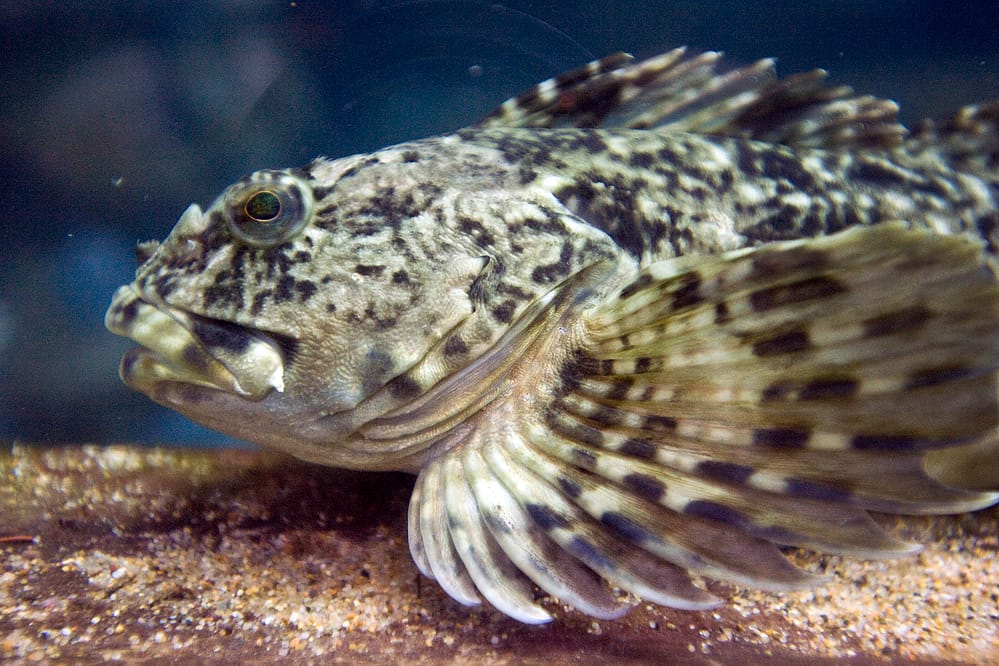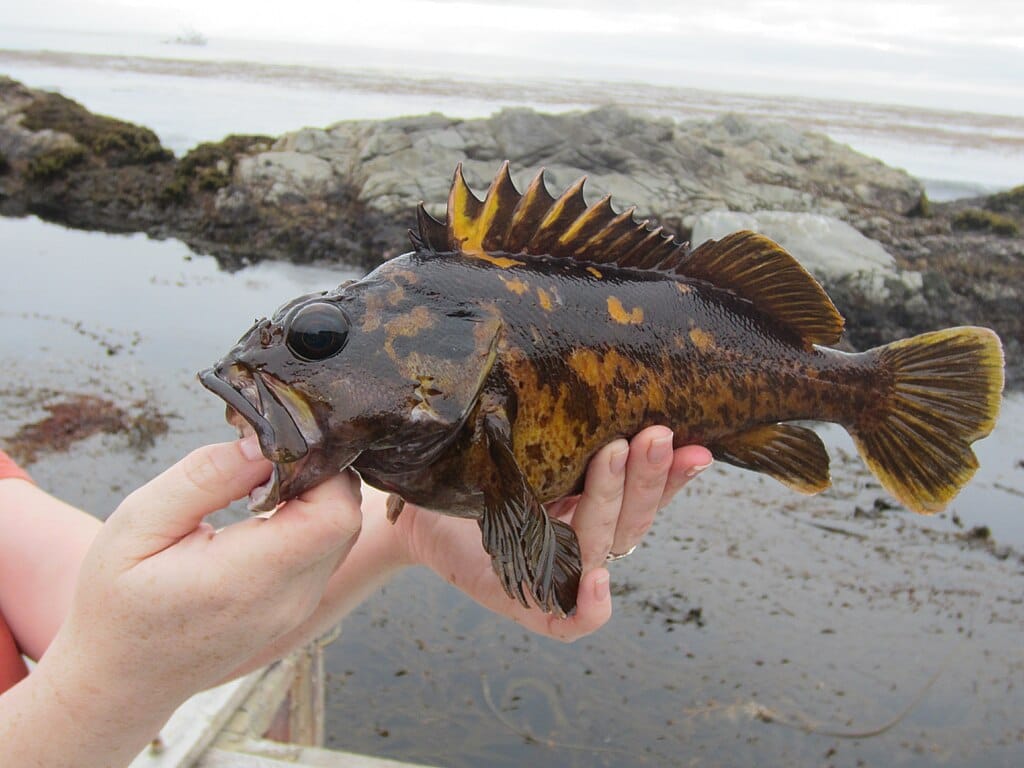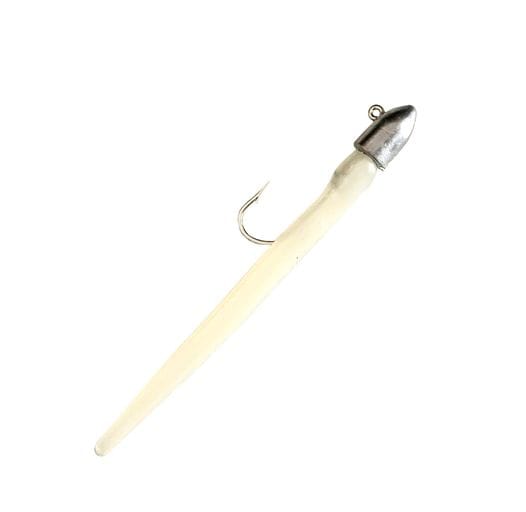Black Rockfish by CDFW
Rockfish are a favorite target for anglers, particularly in the Pacific Ocean, thanks to their strong fighting ability, flavorful meat, and widespread distribution. Whether you’re an experienced fisherman or just getting started, learning how to fish for rockfish can greatly improve your chances of landing these sought-after species. This comprehensive guide will cover everything you need to know, from choosing the right gear to mastering fishing techniques, ensuring that you have the knowledge to catch rockfish successfully.

What is Rockfish?
Rockfish are a group of bottom-dwelling fish found in both the Atlantic and Pacific Oceans. They are part of the Sebastes genus, with over 70 species inhabiting the Pacific Ocean alone. The most common species targeted by anglers are the Black Rockfish (Sebastes melanops), Vermilion Rockfish (Sebastes miniatus), and the Copper Rockfish (Sebastes caurinus). They are known for their vibrant colors, strong bodies, and sharp spines.
These fish are typically found in rocky reefs, kelp forests, and other submerged structures. Rockfish are opportunistic feeders, often preying on smaller fish, squid, and invertebrates.
Best Time to Fish for Rockfish
The best time to fish for rockfish depends on a few factors such as water temperature, time of year, and local fishing regulations. Generally, the ideal times are:
- Spring and Summer (April to September): These months offer the best fishing opportunities for rockfish, as the fish are more active during warmer months. This is also when they are more likely to be in shallower waters, making them easier to target.
- Fall (September to November): Rockfish fishing can still be good during the fall, particularly around the time when fish are preparing for the colder winter months. You may need to fish in deeper waters as the temperatures drop.
- Winter: While rockfish can be found year-round, fishing in winter can be more challenging due to colder water temperatures. They tend to move deeper and become less active.
Rockfish Fishing Regulations
Before embarking on your rockfish fishing adventure, it’s important to check local fishing regulations. Different regions have specific rules designed to protect rockfish populations, such as:
- Seasonal Closures: Certain seasons may be closed to fishing to allow rockfish populations to recover during spawning periods.
- Size and Bag Limits: There are often regulations that dictate the minimum and maximum size of rockfish that can be kept, along with daily catch limits.
- Protected Areas: Some areas, especially near marine reserves or protected zones, may prohibit rockfish fishing to preserve habitat.
Make sure to consult the fishing regulations of your local area to ensure compliance with conservation efforts.
Horker Soft Baits King Conger Eel Baits for Lings and Rockfish
Choosing the Right Gear for Rockfish Fishing
Having the proper gear for rockfish fishing is crucial for success. These bottom-dwelling fish can put up a strong fight, so using gear suited to the task will increase your chances of landing them.
- Rod and Reel
- Rod: A medium to heavy-action rod is ideal for rockfish fishing. A rod length of 6 to 7 feet is perfect for maneuvering in rocky areas and controlling the fish when it bites. A longer rod may be required for deeper waters or when fishing from a boat.
- Reel: A spinning reel or conventional reel with a smooth drag system is best. Choose a reel that can hold 150 to 250 yards of 10- to 20-pound test line. Rockfish can be strong fighters, and having a reel with enough line capacity will ensure you’re prepared for their aggressive runs.
- Line and Hooks
- Fishing Line: A braided line with a 20- to 30-pound test is commonly used for rockfish fishing. Braided lines are more sensitive, allowing you to feel even the slightest nibble from rockfish, and they are strong enough to handle their strength.
- Hooks: Use a hook size that matches the bait you’re using. A 2/0 to 5/0 hook is typically ideal, but you can adjust depending on the species of rockfish and the size of the bait.
- Terminal Tackle and Weights
- Sinkers: Since rockfish are bottom dwellers, you’ll need to use sinkers heavy enough to get your bait to the bottom. Weights between 4 and 8 ounces are commonly used, but this will depend on the depth of the water and the current. You can use a dropper-loop rig to attach your sinker and hook at different lengths.
- Leader Line: A 30 to 50-pound test leader line is recommended. This will provide extra durability when the fish is fighting near rocky structures.
Rockfish Fishing Techniques
Fishing for rockfish generally involves bottom fishing techniques. Since rockfish are often found near underwater structures like reefs, wrecks, and kelp beds, targeting these areas with the right techniques will increase your chances of success.
- Bottom Fishing with Live or Cut Bait
- Live Bait: Live bait such as small anchovies, sardines, or squid is a great choice for attracting rockfish. These fish are predatory and are attracted to the movement of live bait. Using a live bait rig with a hook through the nose or back of the bait will allow it to swim naturally.
- Cut Bait: If live bait is not available, cut bait is an excellent alternative. Cut up pieces of squid, mackerel, or other fish can work well. The scent of cut bait attracts rockfish from a distance, especially when the bait is allowed to settle on the seafloor.
- Chumming: To increase your chances of attracting rockfish, you can chum the water with small pieces of bait. Chumming works especially well when fishing from a boat and can help draw fish to your area.
- Jigging
Jigging is one of the most effective methods for catching rockfish, particularly in deeper waters. A heavy, weighted jig is dropped to the bottom, and the angler then jerks the rod up and down in a rhythmic motion to make the jig appear like an injured fish or invertebrate. This technique mimics the natural movement of prey, making it irresistible to rockfish.
Some anglers prefer using soft plastic lures in the shape of squid, worms, or fish. When jigging, it’s important to maintain contact with the bottom, as rockfish often remain close to the seafloor. It’s also important to vary your jigging speed until you find what attracts the fish.
- Drift Fishing
Drift fishing can be highly effective when you’re not sure where the rockfish are located. Simply allow the boat to drift with the current while keeping your bait near the bottom. This allows you to cover more ground and potentially find active schools of rockfish. Use a sonar or fish finder to locate areas with underwater structures, as rockfish are often found in these regions.
- Trolling
Although trolling is not as common for rockfish, it can be an effective method in certain situations. When trolling, you can use lures or cut bait to attract rockfish. Trolling works best in shallow waters or near rocky reefs where fish tend to gather.
Rockfish by Alaska Ocean Pros
Where to Fish for Rockfish
Rockfish are commonly found in areas with rocky seafloors and submerged structures. Here are some prime locations to target rockfish:
- Rocky Reefs: These areas provide excellent habitat for rockfish to hide and hunt prey. Fishing along the edges of reefs, where the structure drops off into deeper waters, is a prime location.
- Kelp Forests: Kelp forests offer shelter and food for rockfish. These underwater jungles create an ideal environment for them to thrive. Fishing around the edges or deeper parts of kelp forests can yield successful results.
- Shipwrecks and Artificial Reefs: Artificial reefs created from shipwrecks or submerged objects provide a haven for rockfish. These areas often attract a variety of fish, and rockfish are no exception.
- Drop-offs and Ledges: Areas where the seafloor drops off steeply, such as ledges or underwater cliffs, are prime locations for rockfish. They congregate in these areas, especially if the surrounding waters are deep and rich in food sources.
Safety and Tips for Rockfish Fishing
When fishing for rockfish, it’s essential to prioritize safety:
- Wear a Life Jacket: Always wear a life jacket when fishing from a boat, as conditions on the water can change rapidly.
- Check the Weather: Make sure to check the weather forecast before heading out. Stormy conditions can make fishing dangerous.
- Handle Fish Safely: Rockfish have sharp spines, especially around their dorsal fins, so handle them carefully. Use pliers or a fish gripper to remove hooks without getting pricked.
In Conclusion
Fishing for rockfish offers an exciting challenge for anglers who enjoy bottom fishing and exploring underwater structures. By using the right gear, employing effective techniques like bottom fishing, jigging, and trolling, and targeting the right habitats, you can increase your chances of landing a rockfish. Whether you’re fishing for the vibrant black rockfish or the elusive vermilion rockfish, these techniques will help you have a successful and enjoyable fishing experience.
With proper knowledge and the right tools, you’ll be well on your way to mastering rockfish fishing. So get ready to cast your line, explore the rocky seafloor, and enjoy the thrill of catching these powerful and delicious fish!
Order your Rockfish baits here!
SEO Keywords: Rockfish fishing techniques, how to fish for rockfish, best time to fish for rockfish, rockfish fishing gear, rockfish fishing locations, bottom fishing for rockfish, jigging for rockfish, fishing with live bait for rockfish, rockfish fishing tips, rockfish habitat.




